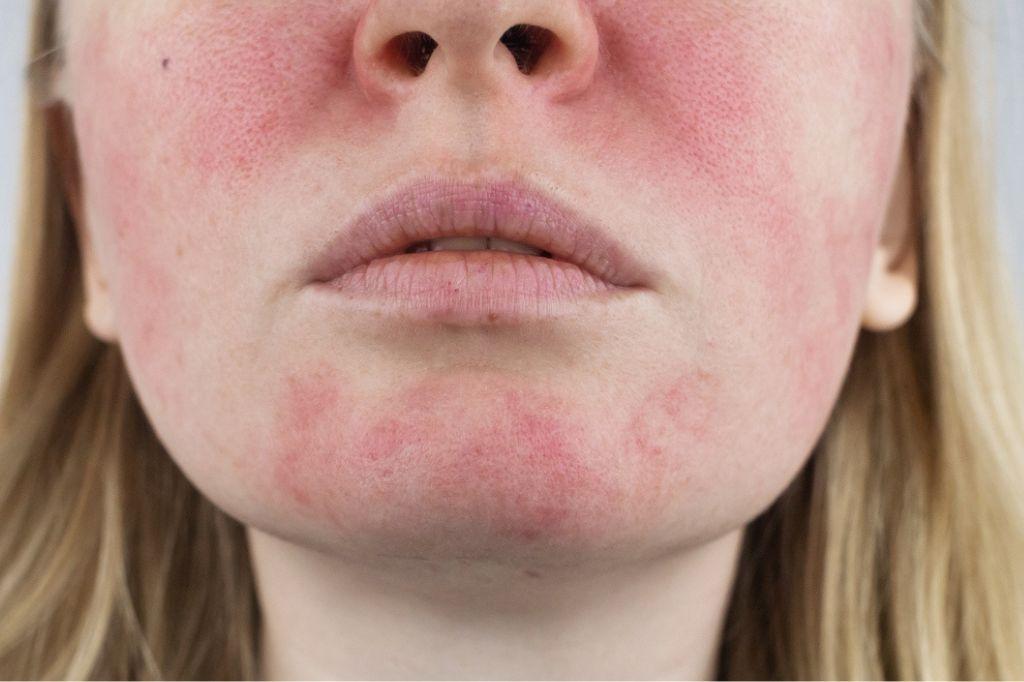Sclerotherapy 101: What Causes Spider Veins & How To Get Rid Of Them
Many people seek out spider vein treatment to rid themselves of these unsightly, sprawling veins that are often a source of insecurity. On occasion, however, they can also be painful. Whether your concern is purely cosmetic or more medically inclined, Academic Alliance in Dermatology has solutions to rid yourself of unsightly spider veins.
What are Spider Veins?
Spider veins are called such as many believe them to resemble the weaving, sprawling threads of spider webs. (Others, meanwhile, think they look like marble.) In any case, spider veins can vary in color and intensity, and occur in varying kinds of patients.
Anyone— men or women, young or old— can develop spider veins. They can appear on the legs, hands, feet, and face, but are most common on the legs.
What Causes Spider Veins?
There are a number of causes that can lead to spider veins throughout your body, but essentially what happens is a weakened blood vessel valves don’t pass blood through properly, allowing the blood to backflow and swell the vein so that it is noticeable on the surface of your skin.
Certain factors may cause you to be more prone to spider veins than others. For example, spider veins are more common in pregnant women and people over the age of 30.
They may also be caused by obesity, trauma, and can sometimes even pass through family lines. They may also be caused by an underlying disease, malfunction in feeder veins, or be a symptom of varicose veins, which are a larger form of these bulging, backed up veins.
How to Get Rid of Spider Veins
The good news: your body doesn’t need those spider veins. In fact, when properly treated, it can reabsorb them. The most common spider vein treatment is sclerotherapy. This treatment consists of a series of injections (made of a simple saline solution) directly into the spider veins. The damaged blood vessels become irritated by the solution and collapse, effectively sealing off blood flow. The spider veins then fade away as they become reabsorbed by the surrounding tissue.
How Quickly Will You See Results?
Typically, patients see results within a few weeks. With more extreme cases, however, it may take a couple of months for the spider veins to fade completely. Make sure you ask your physician about the extremity of your spider veins so that they can help you know what to expect after treatment.
Are There any Side Effects/Risks?
Perhaps one of the best parts about sclerotherapy is that it’s relatively painless, and that there’s no downtime to recover. This means you can resume regular activity right away!
Some patients experience some slight redness, itching, or swelling around the injection site. These mild side effects usually go away within a few days. Older patients or those who bruise easily may experience some bruising, but this is completely normal and should also fade within a few days.
As with any medical procedure, there are minimal risks associated with sclerotherapy. Discuss the benefits and risks of this spider vein treatment with one of our dermatology specialists. Schedule a consultation with us today!




